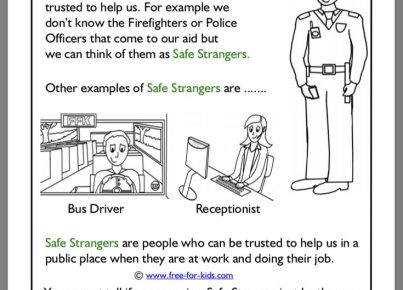Introduction
Education today is no longer simply about the dissemination of information from teachers to students. It has the potential to be a transformative process that enables co-creation, mutual learning, and personal growth. One increasingly popular approach to achieving these outcomes is the concept of students as partners in learning.
What Are Students as Partners?
Students as partners in learning is an educational paradigm where both educators and students work closely together, mutually valuing and sharing each other’s expertise. This model promotes genuine teamwork, collaboration, and the exchange of ideas in the teaching and learning process. In this framework, students are seen as active participants and contributors to their education rather than simply passive recipients of knowledge.
The Benefits of Student Partnership
1. Enhanced Engagement and Ownership: When students become true partners in their education, they begin to feel more responsible for their learning. This sense of ownership can lead to higher levels of self-determination and engagement with the subject matter.
2. Fosters Critical Thinking: A partnership approach increases opportunities for collaboration and critical analysis. By having ongoing dialogues with educators and their peers, students develop important cognitive skills that will help them succeed beyond the classroom.
3. Strengthening Educator Empathy: Engaging with students on a deeper level allows educators to build better relationships with their learners as they help facilitate cooperative learning experiences. By empathizing with students, teachers gain invaluable insights that inform more effective pedagogical approaches.
4. Cultivates a Supportive Learning Environment: Students who contribute to decision-making within the classroom feel more valued and respected by both instructors and peers. Consequently, this reinforces a supportive atmosphere where everyone is fostering each other’s growth.
Implementing Student-Teacher Partnerships
There is no one-size-fits-all method for adopting student-teacher partnerships as it will depend on context, institutional culture, resources, etc.; however, here are some practical steps to explore:
1. Begin with Small-Scale Projects: Starting with smaller-scale activities like encouraging peer evaluation or having open discussions in class can help establish the groundwork for future partnership initiatives.
2. Involve Students in Curriculum Design: Welcoming student input when designing course materials and assessment strategies imparts a sense of ownership and responsibility, ultimately fostering deeper engagement with the learning process.
3. Establish Open Channels of Communication: An effective partnership is built on open communication, listening, discussing, responding, and adjusting based on feedback from both parties.
4. Promote a Growth Mindset: Emphasizing the importance of a growth mindset helps students become more resilient learners who embrace challenges rather than shy away from them. Likewise, educators should also embody this mentality to model openness towards constructive feedback.
Conclusion
Students as partners in learning is an essential approach for fostering a more engaged and dynamic educational experience that benefits both students and teachers alike. By taking steps to integrate this approach into educational institutions, we help create environments where collaboration thrives and empowers individuals to reach their fullest potential.





